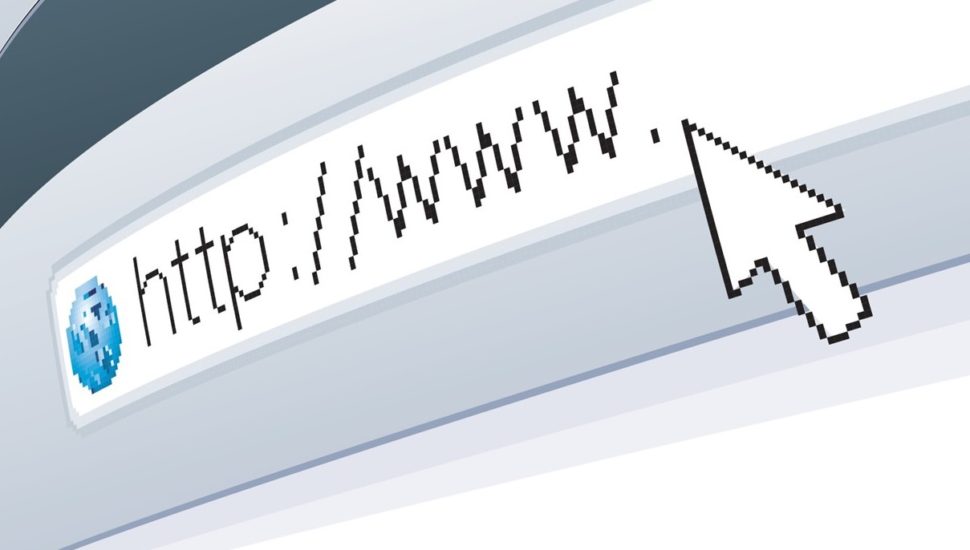Coronavirus Has Changed the Way We Use the Internet — for the Better

 By Chester County Hospital
By Chester County Hospital
It’s safe to say that the world has changed. And though it may feel a bit strange, these measures are keeping people safer during the coronavirus pandemic.
Fortunately, people are resilient — and they’re finding creative ways to stay healthy, remain connected, and move forward. And one of the most helpful tools in doing so is our good friend, the Internet.
The World Wide Web was founded in 1989, making it roughly 30 years old. In all those years, it has certainly provided a variety of benefits, but this year, it’s become more of a resource than ever before.
With social distancing and quarantining being commonplace right now, technology has become even more integral to the lives of many. And while it has certainly provided people with hours of Netflix entertainment and plenty of fun on Houseparty meetups, it has also played an important role in health and wellness.
Here are three ways technology has helped people maintain their health during the COVID-19 pandemic:
1. Technology has allowed patients to continue communicating with their healthcare providers via telemedicine.
In a not-so-distant past, a sore throat or fever would have led you to make an appointment with your healthcare provider to go into the office for a checkup. Now, with increased protocols and precautions around contracting COVID-19, patients are looking for other ways to communicate with their providers without traveling.
Enter telemedicine, which involves using electronic forms of communication (such as videoconferencing) to support healthcare from afar. It’s actually been around since the 1960s when it was used to meet the needs of the astronauts and the National Aeronautics and Space Administration (NASA). Now, it’s become very much of an earthly tool, stepping up to help patients who need to touch base with their providers from the safety of their own homes.
The use of telemedicine has surged since the outbreak of COVID-19, helping all kinds of patients, including those with:
- COVID-19 symptoms
- confirmed or suspected COVID-19
- chronic diseases, such as diabetes, that require management
- other non-urgent medical ailments, such as chronic insomnia
By communicating via telehealth, patients and healthcare workers remain safer from contracting COVID-19. With its notable success so far, some experts even say the trend will extend far beyond the pandemic, continuing to easily connect patients and providers whenever — and wherever — they need it.
2. Technology has provided communities with access to vital hospital resources.
Hospitals are hubs of a community in many ways. From wellness classes to support groups, hospitals offer opportunities to connect with others who have a similar health condition, learn about ways to stay healthy, and, ultimately, build a supportive, welcoming community.
In the wake of the COVID-19 pandemic, it’s easy to assume these opportunities are put on hold for the time being. However, wellness presentations, classes, and support groups live on at Chester County Hospital — though they’re all virtual, instead of in person.
These virtual programs continue to provide the same benefits to community members they always have, and they may provide a little extra guidance on how to navigate certain health conditions during the pandemic.
Virtual offerings include:
- wellness presentations, including topics on heart health, pain management, nutrition and others
- support groups, such as Moms Support Moms, Living with Heart Failure, and Diabetes Support Group
- programs, such as Stop Smoking Now! and Steady As You Go: A Fall Prevention Program
- childbirth education, such as Understanding Birth and Understanding Breastfeeding (which are available anytime)
3. Technology has connected people close and afar.
For some time, the medical community has known that social interaction is an important factor in a person’s health and well-being. Though there’s plenty of research behind it, you’ve probably experienced this on your own. A nice chat with the cashier clerk, a heart-to-heart with a loved one over coffee, a particularly supportive workout class — these are all definite mood boosters, but, unfortunately, less accessible during a pandemic.
Though these interactions are not gone for good, they’re put on hold for now, which is where technology can help bridge the gap. The popularity of programs like Zoom or Google Hangouts has skyrocketed in the past couple of months, starting right around the beginning of the pandemic.
While some of this increase may be a result of people working from home, there are also plenty of friends and family setting up times to catch up virtually through playing games, hosting online celebrations, or simply sitting down to talk.
In fact, there’s also research that suggests that less obvious connections also buffer against stress and loneliness, such as connecting during meetings with your Facebook friends or that funny coworker that you don’t usually get a chance to talk to.
It goes without saying that the COVID-19 pandemic has thrown the entire country for a loop, but it’s also worth noting how creative people are finding ways to adjust. While people everywhere are staying safe in their homes, they’re also making sure to stay healthy — and fortunately, we have technology on our side for this one.
Looking for more information on how to stay healthy both physically and mentally during COVID-19? Call 610-738-2300 to find a healthcare provider at Chester County Hospital and talk about ways to prioritize your health and well-being during this challenging time.
You Might Also Like
First Responders Salute Front-Line Workers at Chester County Hospital
This Isn’t the First Public Health Crisis for Doctor on the Front Lines at Chester County Hospital
Chester County Hospital Offering Free Virtual Wellness Classes
Connect With Your Community
Subscribe to stay informed!
"*" indicates required fields






















![95000-1023_ACJ_BannerAd[1]](https://vista.today/wp-content/uploads/2023/03/95000-1023_ACJ_BannerAd1.jpg)

























